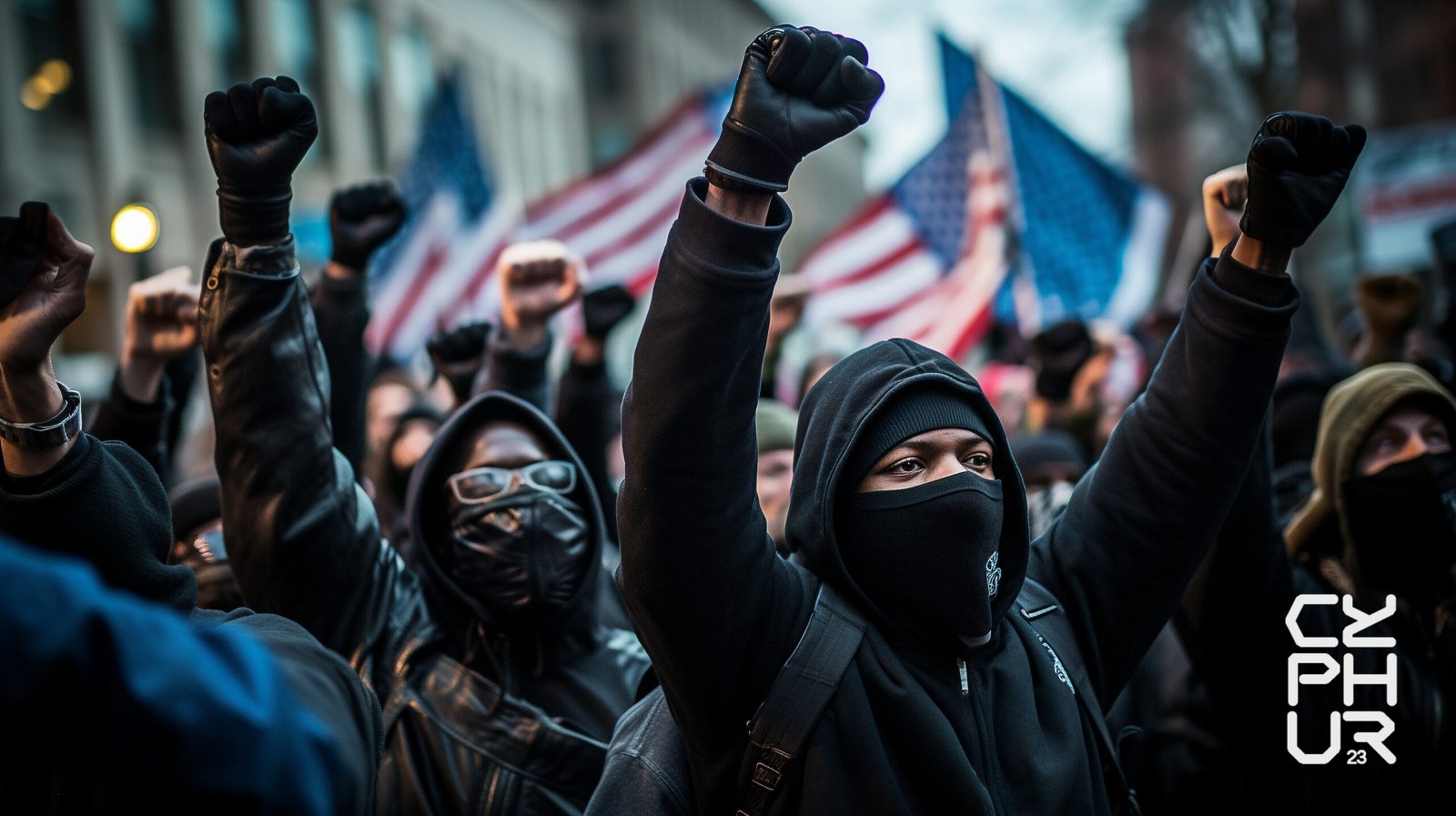In the annals of American history, January 6, 2021, will forever be etched as a dark day when the U.S. Capitol was besieged by a mob of loyalists, fueled by misinformation and political fervor. The events of that day shook the very foundations of democracy, as the hallowed halls of Congress were desecrated by those seeking to overturn the election results. However, one cannot help but wonder how different the response would have been if the insurrection crowd had been predominantly African-American. In this hypothetical tale, we delve into the troubling realities of racial double standards in law enforcement and the rule of law.
The disturbingly vivid images of the January 6 insurrection were a testament to the stark contrast in the treatment of predominantly white and predominantly African-American crowds by law enforcement. Had the rioters been people of color, the scene that unfolded on Capitol Hill would have been markedly different. The forces of law and order, which appeared restrained and passive when confronting the predominantly white crowd, would likely have shown a far more aggressive and militarized response against African-Americans.
In the past, we have witnessed how law enforcement has utilized excessive force and violent tactics to quell protests led by people of color, even when the gatherings were peaceful and constitutionally protected. The use of tear gas, rubber bullets, and batons has been commonplace during Black Lives Matter demonstrations and other civil rights protests, despite the predominantly peaceful nature of these gatherings. Hypothetically, the January 6 insurrection crowd’s African-American counterparts would have been met with similar, if not more brutal, measures, escalating the situation to levels of chaos and violence.
Furthermore, the racial disparities in the application of justice would have played a significant role in the aftermath of the insurrection. Prosecutors would have likely sought harsher charges against African-American rioters, pushing for maximum sentences and leveraging the full weight of the legal system against them. The courts, which may have granted leniency or granted bail to white defendants, would likely have shown less compassion and more punitive tendencies towards African-American defendants.
The racial double standards in media coverage cannot be overlooked either. While predominantly white rioters might have been portrayed as “misguided patriots” exercising their right to protest, African-American protesters would likely have been vilified as “violent thugs” or “anarchists.” The news headlines and commentary would have underscored the stereotypes and prejudices that persist in society, perpetuating a false narrative of African-Americans as inherently dangerous and threatening.
In this hypothetical scenario, the insurrection’s predominantly African-American crowd would have been a pivotal moment in American history, highlighting the deep-rooted racism that continues to plague the nation’s institutions. The stark contrast in law enforcement’s response would have exposed the inherent bias and systemic racism that undermines the principles of justice and equality.
As we ponder this alternate reality, it is crucial to recognize that systemic racism in law enforcement and the rule of law is not just a hypothetical concept. The very real disparities in policing and the justice system have been demonstrated time and again, leaving a trail of pain and injustice for communities of color.
In the wake of the January 6 insurrection, it is evident that confronting this issue head-on is essential for the nation’s healing and progress. Addressing systemic racism requires an honest examination of our institutions, policies, and practices, and a commitment to dismantling the structures that perpetuate racial injustice.
